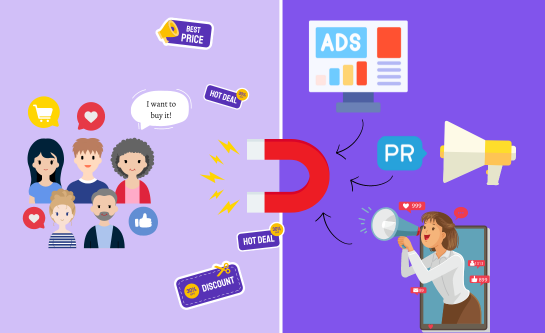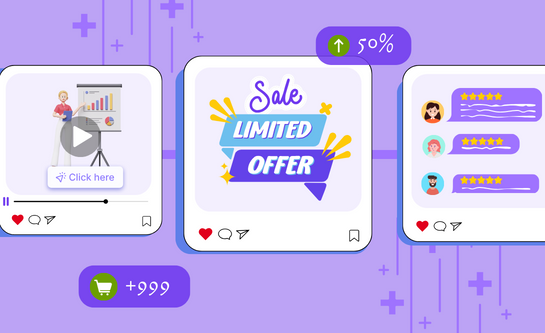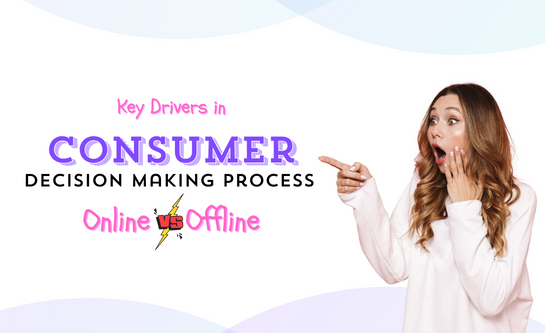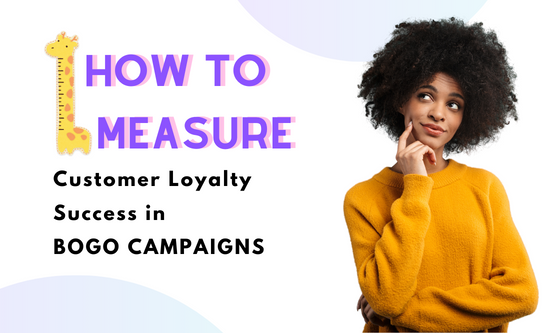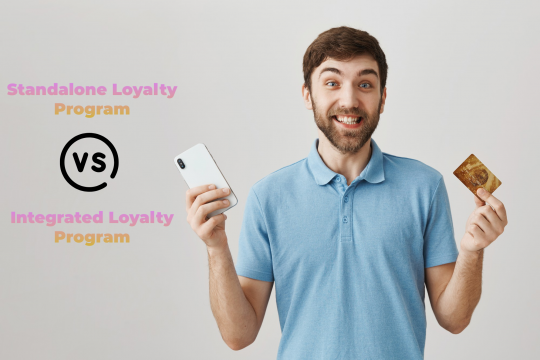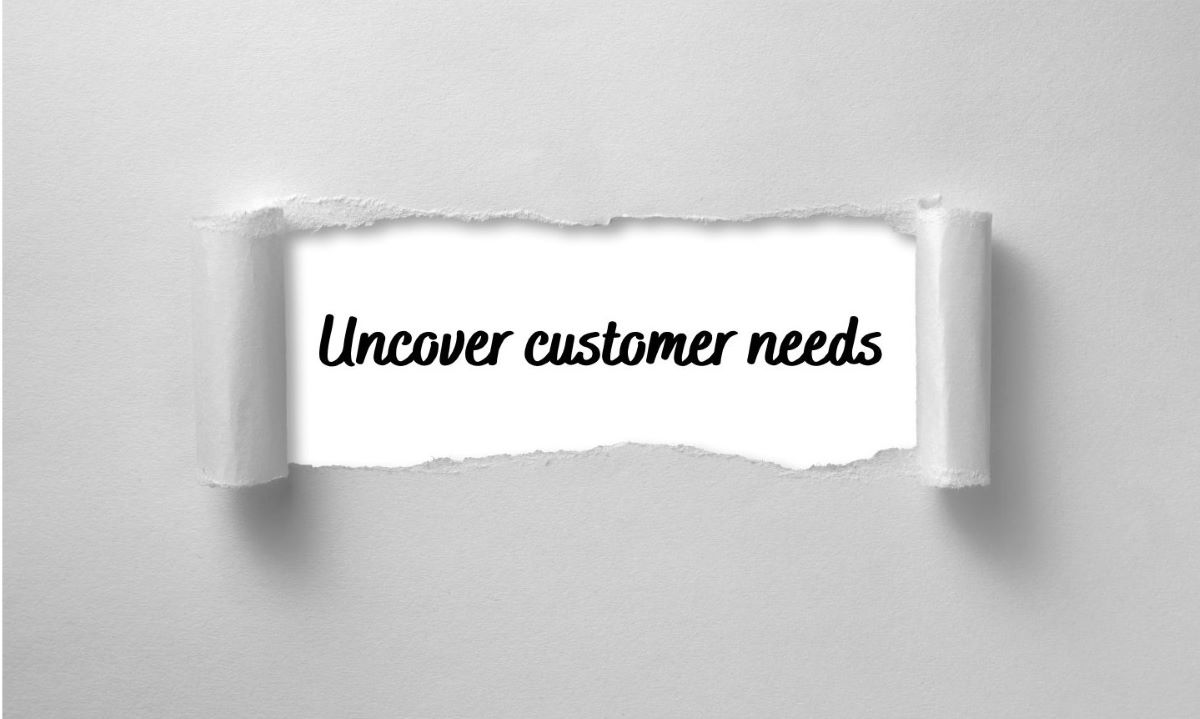Why Deleting Your Rewards Program is a Big Mistake
 Oct 16th, 2023
Oct 16th, 2023
 798 views
5 MINS READ
798 views
5 MINS READ
Loyalty programs have become an integral part of many businesses’ strategies for building customer loyalty and generating repeat business. These programs are designed to reward customers for their loyalty, typically by offering incentives like discounts, free products, or exclusive perks.
However, loyalty programs are not a “set-it-and-forget-it” strategy. As businesses evolve and grow, their loyalty programs should too. Revamping a loyalty program is essential to ensure that it continues to provide value to customers and remains competitive in the marketplace.

10 Reasons to Revamp Your Loyalty Program
When revamping your loyalty program, it’s crucial to make data-driven decisions. Setting clear goals and key performance indicators (KPIs) will help you measure the success of your updated program. To give you a better understanding of why companies choose to revamp their loyalty programs, here are ten common use cases
1. You want to increase the customer’s lifetime value
The primary rationale for improving the loyalty concept and adopting a new technology simultaneously is that it presents the greatest opportunity to enhance the customer lifetime value (CLTV) of loyalty program members. To increase purchase frequency and average order value, it’s necessary to think creatively and implement innovative ideas, such as transitioning to a more interactive program model, like a perks or badge system. Additionally, providing more alluring rewards beyond just coupons can be a significant improvement, but it’s crucial to ensure that your technology infrastructure is capable of handling such modifications.
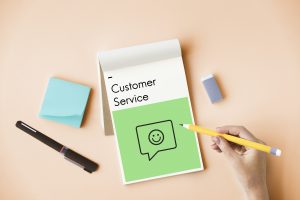
2. The reward experience needs some spice
For brands, staying top-of-mind with customers is an ongoing challenge. To keep up, businesses are always searching for fresh and innovative ways to engage with their customers. One effective approach is to incorporate gamified elements, such as prize wheels or challenge-based reward systems, into the loyalty program. However, if the current technology infrastructure is unable to accommodate the new vision, a loyalty program revamp may be necessary.
It is essential to note that while flashy gamification features can be useful in a newly restructured loyalty program, it is not the only aspect to consider. It is also crucial to incorporate new analytical and business intelligence (BI) features. These features enable businesses to track the performance of their updated loyalty program more accurately, providing valuable insights into what works and what doesn’t.
3. Your team doesn’t use your current platform to its full potential

Gartner’s Marketing Technology Survey reveals that marketers are utilizing only 58% of the technology they have invested in. This can be attributed to a variety of factors, but mostly it’s due to the complexity of the platform or the presence of extraneous features. In such cases, the first action should be to invest more time in training personnel and exploring the potential of the platform. If the technology is still not being fully utilized, then it may be necessary to search for a platform that is better tailored to your needs.
4. You wish to step up your personalization game
To implement a highly personalized rewards program, it’s essential to have an intricate data ecosystem in place. This means aligning your loyalty program provider, customer data platform (CDP), and marketing automation provider. It’s important to note that loyalty programs can also be a source of valuable data. By using gamified profiling, you can gain insights into the habits and preferences of program members. However, it’s crucial to plan for these additions during the concept phase of a loyalty program revamp.
5. You need to unshackle the marketing team from IT
Many loyalty program software users face the challenge of needing programming knowledge, which can be a burden. According to our Global Customer Loyalty Report 2022, 44.0% of loyalty program owners rely heavily on the IT team to manage the loyalty program, with the marketing team being particularly dependent. Additionally, 70.4% of respondents agreed that having the ability to set up loyalty rules without coding would be beneficial for the company.
Fortunately, leading loyalty platforms provide two solutions to this problem: no-code technology and templates. No-code technology enables a user-friendly interface with drag-and-drop features, making it possible to modify certain aspects of the program logic without requiring coding skills. Meanwhile, templates allow users to create or modify loyalty campaigns and rewards quickly and easily.

6. You want to offer a unified, omnichannel loyalty program
Dealing with excessive manual processes and lacking a comprehensive customer profile that tracks both offline and online activities are two widespread problems. It is not unexpected that companies facing these issues would focus on digitalization and revamp their loyalty programs to create an omnichannel program. To achieve this, companies should look for a loyalty platform that offers mobile passes, loyalty app support, store-specific features, and capabilities that allow staff at physical locations to enroll customers and manage their points.
7. You’ve found that transactional engagement is no longer enough
Revamping your loyalty program to increase customer engagement and interaction is a valid reason. Encouraging non-transactional activities like charitable giving, recycling, or working out can be a new way to engage with your community. However, properly incentivizing and tracking such actions would require advanced technology and integrations with tools such as sports trackers. This may involve switching to a newer loyalty platform with more advanced capabilities if your existing system lacks the necessary functionality.
8. You wish to upgrade to a pure-play, third-party solution
A popular motivation for revamping a loyalty program is the desire to switch to a more versatile and sophisticated technology stack. This is especially true for brands that initially developed their rewards program in-house and later found that utilizing third-party technology could save them a significant amount of time and resources. By opting for a dedicated loyalty platform, businesses can access sophisticated and cutting-edge technology that has been designed and developed with a singular focus. This means that they will have access to a rich array of features, modules, and capabilities to choose from.
9. Your operating costs are just too high
Loyalty programs aren’t always revamped because they’re lacking in some way or in need of new features. Some brands are content with their program but are simply looking to reduce costs. It’s important to note that the cost of technology is just one part of the overall budget.
One way to reduce program costs is to use a no-code loyalty platform. This can help lower costs by requiring less staff to operate the program. When choosing a loyalty technology, it’s essential to select one that aligns with your needs. Otherwise, if you choose a platform with more features than necessary, you may end up wasting money on unused capabilities.
10. You need a technology that integrates with your other platforms
At times, it’s possible that your loyalty platform is no longer able to keep up with your tech stack. Given that various services are interlinked, it’s crucial to have a system that can seamlessly synchronize with all the platforms, technologies, and services you’re using, particularly the CRM system, to maximize your marketing strategies in today’s highly digitized world. A loyalty program that integrates with a wide range of other services allows for more personalized and creative marketing strategies, such as loyalty emails with hyper-personalized product recommendations.
We hope that we have provided some valuable insight into the complex yet vital process of rebuilding your loyalty program. If you are considering a loyalty program revamp, the specialists at Customer Loyalty are available to listen to your ideas and explore how our technology can meet your requirements. You can send us your RFP or book a demo.
 Back to blog page
Back to blog page



























